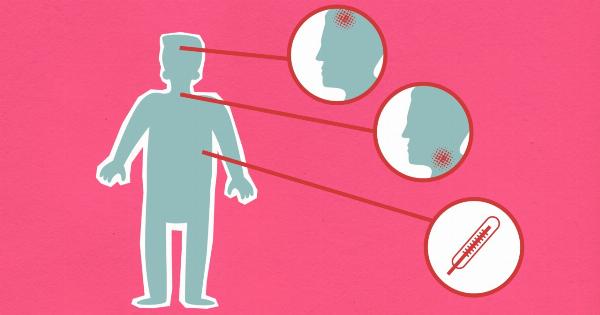For heart attack survivors, the thought of exercise can be daunting. After all, how can you safely exercise after experiencing a heart attack? However, exercise is crucial to improving overall heart health and preventing future heart issues.
In this article, we’ll explore the safety of exercising after a heart attack, as well as provide some tips to help you safely incorporate exercise into your routine.
Understanding heart attack recovery
After experiencing a heart attack, it’s important to give your body time to recover before diving back into any physical activity.
Your doctor will likely recommend a period of rest before starting any exercise program — this generally lasts around a week or two, but can be longer depending on the individual’s recovery process. It’s important to follow these instructions closely to ensure a proper recovery.
Once your doctor has given you the okay to start exercising, it’s important to start slow and gradually build up your endurance. Your exercise program will depend on your overall health and the severity of your heart attack.
The benefits of exercise after a heart attack
Exercise is key to improving heart health and preventing future heart attacks. Some of the benefits of exercise for heart attack survivors include:.
- Improved circulation
- Lowered blood pressure
- Improved cholesterol levels
- Reduced stress
- Increased endurance
Safe exercises for heart attack survivors
Before starting any exercise program after a heart attack, it’s important to consult with a healthcare professional. They will be able to recommend safe exercises and provide guidance on how to properly perform them.
Some safe exercises for heart attack survivors include:.
- Walking
- Light jogging or running
- Biking
- Swimming
- Strength training with light weights
Precautions to take
While exercising after a heart attack is generally safe, there are some precautions that should be taken to ensure a safe and effective workout. Some of these precautions include:.
- Avoiding exercising in extremely hot or cold temperatures.
- Avoiding intense physical activity or heavy lifting.
- Wearing comfortable and appropriate clothing and footwear.
- Drinking water before, during, and after exercise to avoid dehydration.
- Stopping exercise immediately and calling for medical help if experiencing chest pain, shortness of breath, or other concerning symptoms.
Conclusion
Regular exercise is important for maintaining heart health and preventing future heart attacks. While it may seem daunting to start exercising after a heart attack, it is possible to do so safely.
By consulting with a healthcare professional, starting slow, and taking necessary precautions, heart attack survivors can incorporate exercise into their daily routines and improve their overall heart health.



























